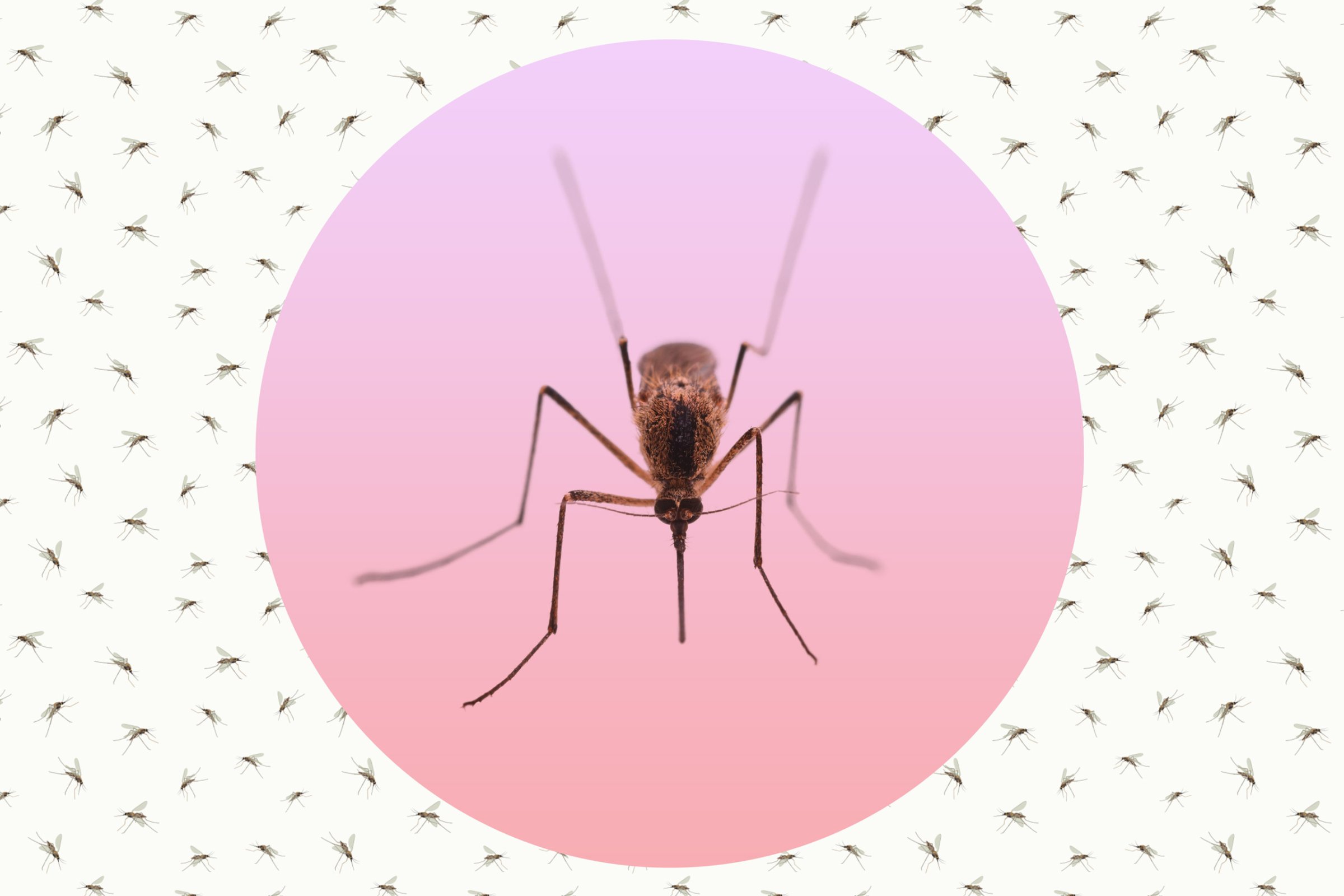
The stalemate in the Senate over Zika funding is already being felt at the county level in some parts of the U.S.—even in areas with robust mosquito control programs.
Back in February, the White House requested $1.9 billion in emergency funding to fight Zika, but that funding—which was later scaled back to $1.1 billion—is still being debated. On Tuesday Senate failed once again to pass funding, and there are only three days left after the holiday weekend before the Senate recesses until September.
That has public health experts and regional leaders worried that funding won’t come before mosquito season has come and gone—and before Zika has spread locally in several parts of the continental U.S.
“The goose is cooked. We are not going to get those dollars until after we need them,” says Dr. Umair A. Shah, Executive Director of Harris County Public Health, which has one of the best mosquito control programs in the U.S. “It may already be too late.”
Advocates for the $1.1 billion in emergency spending say that since states and local districts are the ones tasked with identifying local transmission, that federal funding is critical to fighting Zika stateside. So far, about 950 Americans are known to be infected, including nearly 300 pregnant women. Some states have received funding from federal agencies. On Friday, the CDC announced it would be splitting $25 million in Zika funding among 53 states, cities and territories.
Harris County has been preparing for Zika since the winter, bringing together experts and setting up traps and removing breeding sites. They also partnered with Microsoft to test high-tech traps that will quickly identify mosquitoes carrying diseases. But even a county with a robust response in place is feeling pinched without extra dollars from the federal government to ramp up mosquito control efforts, do public outreach and education, and hand out bug spray to residents. Harris County is a region that includes Houston and is larger than the state of Rhode Island. It invests $4.5 million in mosquito control each year, but 98% of that is funded by local tax dollars.
“Those [federal] dollars are absolutely critical,” Shah says. “We are borrowing from other departments. Someone who is usually working on diabetes is pulled to do Zika, for example.”
He’s also worried about the possibility that Zika is already spreading locally. “Could someone be out there that has gotten Zika here? Absolutely,” says Shah. “That’s why we are concerned.”
One of the ways states will be able to determine if Zika is spreading locally is if a person who did not travel to a place where the virus is transmitting and did not have sex with someone who did, gets the virus. But here’s what’s so tricky: the majority of people who get Zika will not show any symptoms, and those that do may think it’s just the normal flu. If they haven’t traveled or had sex with someone who has, why would they think they have Zika? “There’s only some small portion of those who might seek care. It’s a significantly small amount,” says Shah.
Trapping can also be used to catch mosquitoes and test them for disease, but it’s an imperfect method since mosquitoes are everywhere, and there are only so many traps.
“We may only learn about Zika transmission in the Southern United States through serendipity,” Dr. Peter Hotez, dean of the National School of Tropical Medicine at Baylor College of Medicine, wrote this week. “There is a real concern that Zika virus transmission could be missed and we will discover it only if and when babies with microcephaly appear on obstetrical wards in the affected areas.”
Dr. Lyle Petersen, director of the CDC’s division of vector-borne diseases said in an email that local surveillance for Zika infection is “critical,” and that the first cases of local transmission will likely be reported by a local or state health department. “We must be prepared for Zika outbreaks in all areas where Aedes aegypti mosquitoes are present.” (Here is a CDC map showing where those mosquitoes are present.)
“We have the opportunity to prevent Zika in communities and microcephaly cases from Zika, and yet we are essentially twiddling thumbs waiting for those decisions to be made,” says Shah. “We cant wait.”
More Must-Reads From TIME
- The 100 Most Influential People of 2024
- How Far Trump Would Go
- Why Maternity Care Is Underpaid
- Scenes From Pro-Palestinian Encampments Across U.S. Universities
- Saving Seconds Is Better Than Hours
- Why Your Breakfast Should Start with a Vegetable
- Welcome to the Golden Age of Ryan Gosling
- Want Weekly Recs on What to Watch, Read, and More? Sign Up for Worth Your Time
Contact us at letters@time.com